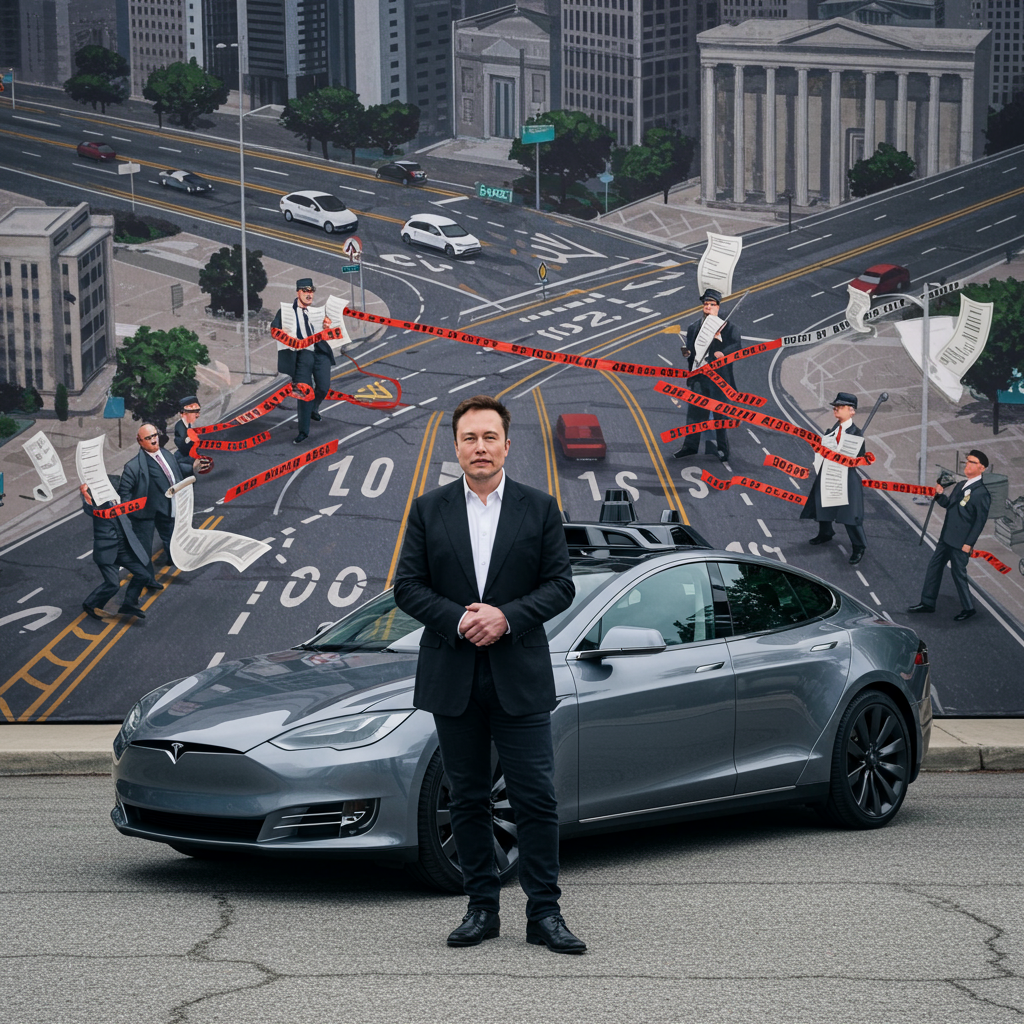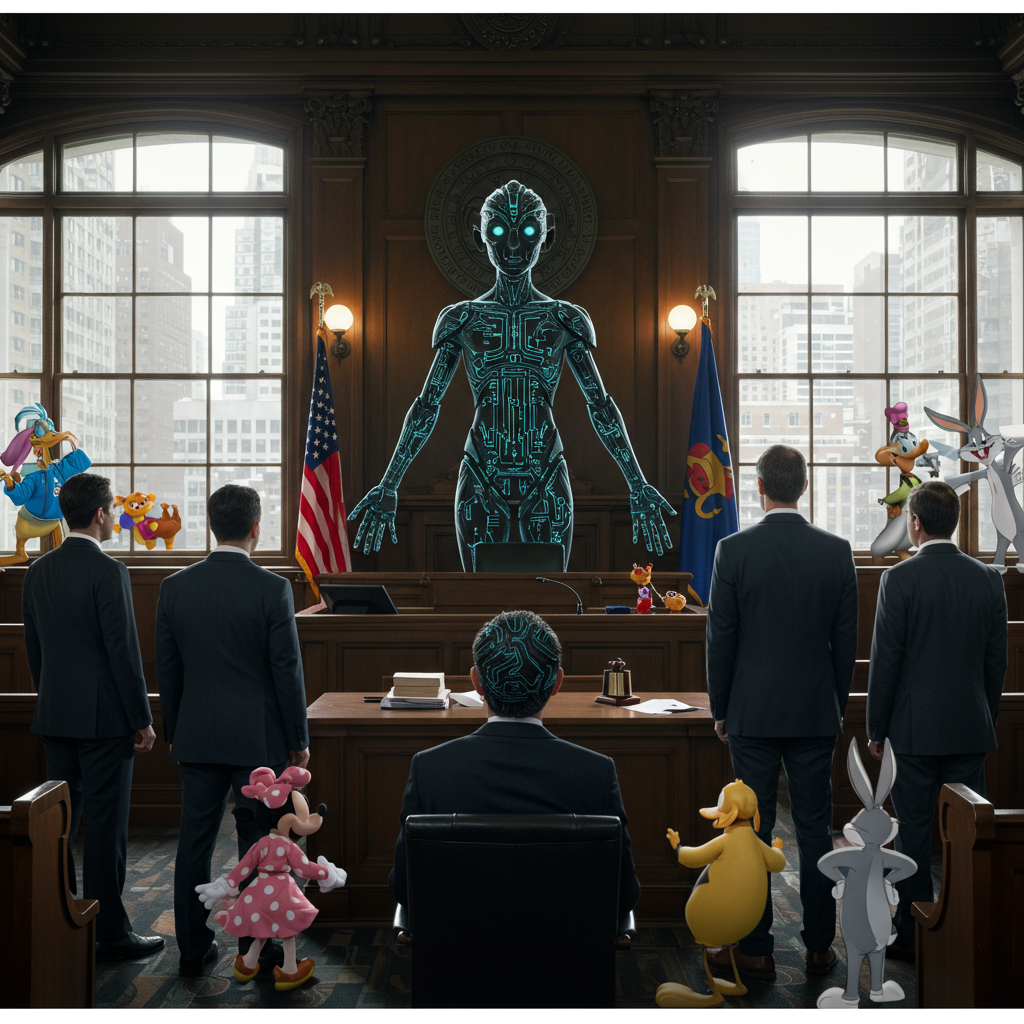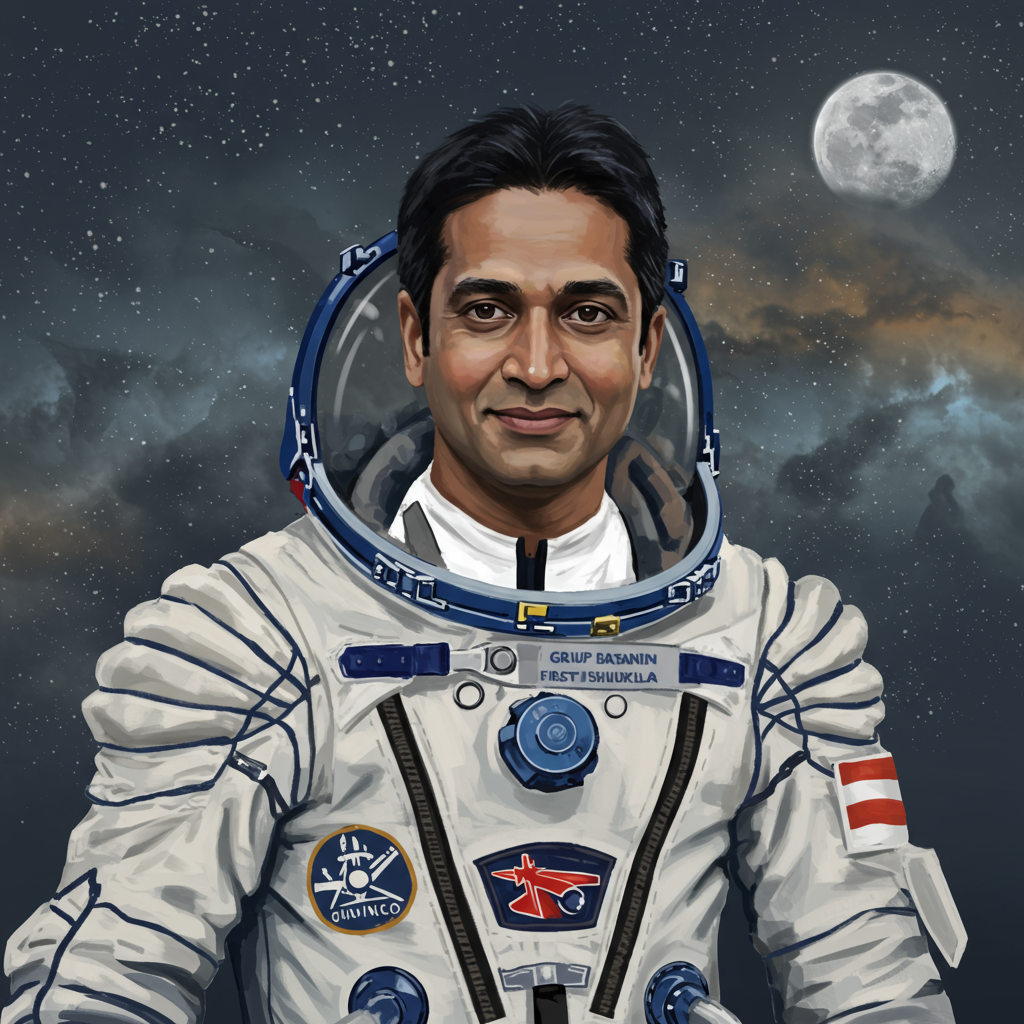Hurdles Ahead for Tesla’s Highly Anticipated Robotaxi Launch
Tesla’s planned June launch of its dedicated robotaxi service in Austin, Texas, is drawing significant attention – and considerable scrutiny. While CEO Elon Musk has touted autonomous driving technology as a key future for the company, the road to widespread public robotaxis appears fraught with challenges.
Critics and regulators alike are voicing concerns, suggesting that despite the scheduled debut, the service may face significant hurdles right out of the gate, primarily linked to the performance and safety record of Tesla’s “Full Self-Driving” (FSD) system, which is expected to underpin the robotaxi technology.
Safety Concerns Under the Microscope
A prominent voice among the skeptics is billionaire Dan O’Dowd, founder of The Dawn Project, a non-profit that campaigns against potentially unsafe self-driving technologies. O’Dowd has not minced words, predicting the service will “fail for sure.” He supports his stance with personal testing, recounting an instance where an 80-minute drive using Tesla’s FSD in Santa Barbara allegedly resulted in “seven failures,” claiming a human intervention was necessary to prevent a collision.
While critics like O’Dowd highlight concerning incidents and limitations, it’s worth noting that such perspectives are sometimes viewed as biased by Tesla supporters. Furthermore, comparisons to Tesla’s overall safety data, such as reports indicating vehicles using Autopilot (a different, less capable system than FSD) have significantly lower accident rates than the national average, are sometimes presented to suggest a baseline of competence, though regulators and safety advocates emphasize the distinct and higher risks associated with truly driverless operation.
Regulatory Scrutiny Intensifies
Adding to the pressure, the National Highway Traffic Safety Administration (NHTSA) has reportedly sought detailed data from Tesla regarding its FSD development specifically for robotaxi applications. The agency, which is already investigating Tesla for various safety defects, expressed interest in understanding Tesla’s evaluation processes for deploying autonomous vehicles safely on public roads. This request, while characterized by some as a standard part of regulatory oversight for novel automotive technology, underscores the high level of caution surrounding the deployment of driverless systems.
The complexities of real-world driving scenarios, exemplified by unpredictable conditions like the recent multi-vehicle pileup in Oregon during a whiteout snowstorm, highlight the immense challenge autonomous systems face in navigating environments beyond ideal conditions. Ensuring safety across an infinite variety of unforeseen circumstances is a key hurdle for any robotaxi service.
A Limited Rollout Amid Uncertainty
Reports also indicate a lack of readiness for the public debut. As of April, Tesla had reportedly not yet begun testing its autonomous cabs without human safety drivers present. This raises questions about the feasibility of a driverless launch just weeks later.
Further uncertainty stems from a lack of transparency surrounding the launch details. Neither Tesla nor the city of Austin has provided comprehensive information about the exact timing or how the service will operate. What has been revealed suggests a much more limited initial scope than perhaps initially envisioned: a small fleet, potentially just 10-20 modified Model Y vehicles, operating only in specific areas of the Texas capital and possibly accessible only to a select group initially.
This planned limited, private rollout could be a strategy by Tesla to mitigate potential issues and criticism compared to a wide-scale public launch. However, it also highlights that a full, open robotaxi service might still be a distant prospect.
Despite the significant safety questions, regulatory interest, reported lack of extensive driverless testing, and limited initial scope, observers familiar with Elon Musk’s history suggest he is unlikely to abandon the June target easily. The coming weeks will reveal whether Tesla can navigate these challenges and deliver on its robotaxi ambitions, even in a restricted capacity.
References
- https://futurism.com/the-byte/tesla-robotaxi-launch-mess
- https://www.teslarati.com/tesla-robotaxi-deemed-a-total-failure-by-media-even-though-it-hasnt-been-released/
- https://www.yahoo.com/news/more-than-100-cars-on-oregon-highway-crash-in-whiteout-conditions-222300245.html
- https://evworld.com/
- https://nz.news.yahoo.com/dana-carvey-admits-elon-musk-110240911.html



